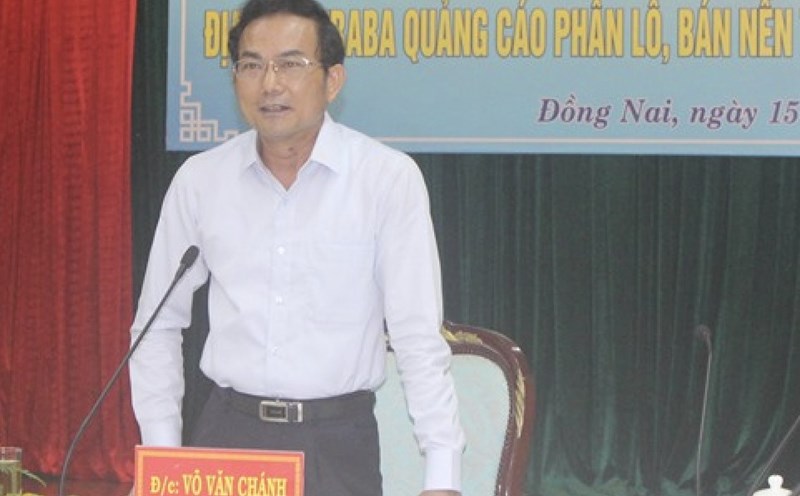Gold, exquisite seals and rare treasures buried for more than two millennia in an ancient tomb in China's Shaanxi Province are believed to have belonged to Tian Qianqiu - a respected prime minister of the Han Dynasty (206 BC - AD 220).
The discovery of this ancient tomb sheds light on burial customs and power dynamics during one of the most influential eras of ancient China.
Prime Minister Tian Qianqiu served under the Wu and Zhao dynasties and was very famous during the golden age of the Han Dynasty. He was famous for his integrity and was given the title "Marquis of Fumin", meaning "enriching the people".
On January 6, the Shaanxi Provincial Archaeological Association announced that the ancient tomb located in Jingyang County, Xianyang City, consists of five chambers. The tomb of the powerful prime minister is notable for its scale as well as the discoveries inside the tomb.
The tomb of Prime Minister Tian Qianqiu lies near a larger burial site containing nearly 700 tombs from the same period. This tomb stands out as evidence of the noble status of its owner.
Among the artifacts discovered in the ancient tomb were more than 400 exquisitely crafted gold ornaments, 18 cups made from conch shells and giant nautilus shells, and more than 100 bronze objects, including cauldrons, vases, animal-shaped containers... Traces of lacquerware and textiles further demonstrate the level of luxury of the tomb and the status of its owner.
Chinese archaeologists identified the tomb as belonging to Tian Qianqiu based on more than 30 excavated clay seals, many of which bore the inscription “Fu Min” and the surname Tian.
The tomb complex features ramps leading to deep rectangular burial pits, typical of the burial sites of the Han Dynasty elite. The five main burial sites were reinforced with wooden structures and surrounded by wide moats.
The tomb of chancellor Tian Qianqiu provides rare insight into the feudal system of the Western Han Dynasty, where emperors consolidated their power by granting titles and estates to loyal officials and family members. This system not only reinforced imperial power but also shaped burial practices, as the size of a tomb, burial objects, and funeral rituals reflected an individual’s rank and wealth.
Titles such as “marquis” were often hereditary to consolidate family power and influence. The title of marquis Tian Qianqiu was passed down to his son Tian Shun.
With more than 800 marquis tombs recorded during the Western Han Dynasty, fewer than 40 have been confirmed through archaeological evidence, making this discovery extremely rare. Experts believe that the Tian Qianqiu tomb provides new insights into the dynasty's social hierarchy, burial rituals, and even urban layout during its period of expanding power.











